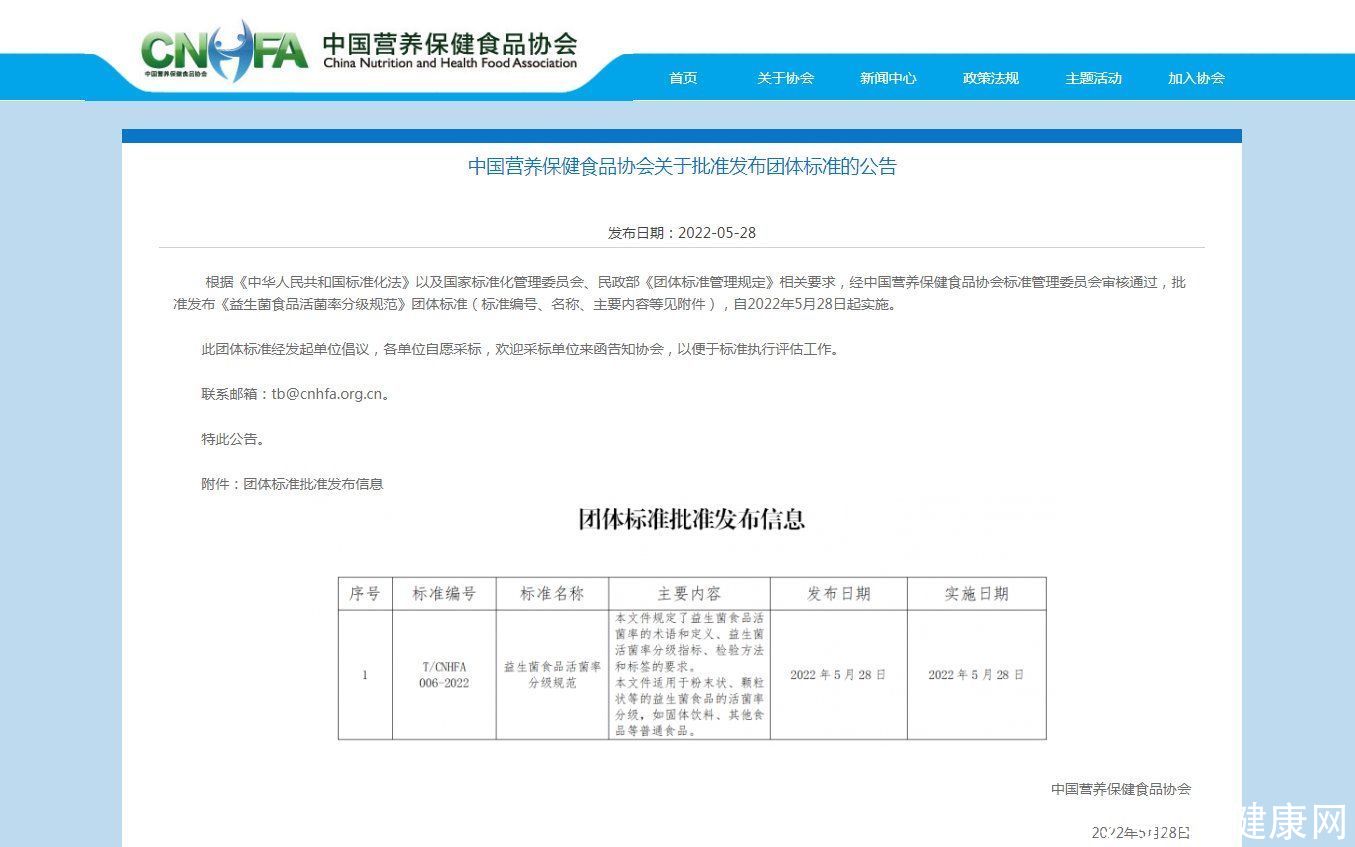There is such a type of people in life:
When they are anxious, nervous, and stressed, they feel a dull pain in their stomach, and they frequently run to the toilet at critical moments such as exams, speeches, and interviews. Abdominal pain and diarrhea are repeated, and when I go out, I have to choose a place with a toilet, and I even wish I could have a mobile toilet to carry with me. But once I went to the hospital, I checked the abdominal CT through the gastroscope and colonoscopy, but no abnormality was found, and the exact cause could not be found.

This group of people is likely to have irritable bowel syndrome. It is a group of functional bowel diseases characterized by abdominal pain, diarrhea, and altered bowel habits [1], with an incidence of about 10% to 15% [2]. Its pathophysiological mechanism is still unclear, and it is currently believed to be mainly related to intestinal sensitivity, intestinal motility, intestinal flora imbalance, and intestinal mucosal immune function [3]. In terms of treatment, there is a lack of specific drugs.
So, how to treat this kind of disease? Some studies in recent years have confirmed that probiotics can significantly improve irritable bowel syndrome [4]. Today, let’s talk about probiotics.
What are probiotics?
Probiotics have a history of more than 100 years since they were proposed in 1907. It is a microbial preparation containing physiologically active bacteria and bacterial components and metabolism, and plays a beneficial role by improving the host’s intestinal microecological balance [5].

Simply put, there are trillions of live bacteria living in our intestines, and they are divided into three camps ——Beneficial bacteria, pathogenic bacteria and neutral bacteria, each of which restricts and depends on each other to form an ecological balance.
When probiotics and pathogenic bacteria are in a state of dynamic balance, a good micro-ecology can be maintained and the human body is healthy; and when the number of pathogenic bacteria is more than that of probiotics, the micro-ecological imbalance will lead to poor health. It will be affected, so it is necessary to consume a certain amount of probiotics at this time to improve the microecological balance of the human body.
The role of probiotics in the gut can be summarized as follows:
- Prevent the invasion of pathogenic bacteria< /li>

Probiotics can temporarily colonize the intestine, lower the pH value in the intestine, secrete antibacterial substances, which can prevent Pathogenic bacteria adhere to epithelial cells and can also prevent pathogenic bacteria from invading.
- Enhance intestinal barrier function
Promote mucus secretion and enhance the integrity of gastrointestinal epithelial barrier.
- Plays immune regulation function
Affects the function of various immune cells, plays a role in immune regulation and control of inflammation progression .
- Regulation of the enteric nervous system
One of the common symptoms of the gastrointestinal tract is visceral pain, mainly caused by peripheral nerves and Caused by central nervous system sensitization. Studies have shown that probiotics can activate opioid and cannabinoid receptors in the gut and improve abdominal discomfort caused by inflammatory bowel disease in irritable bowel syndrome [6].

It can be said that probiotics are the guardians of human health. It can not only be used to treat irritable bowel syndrome, but also enhance intestinal peristalsis, improve indigestion, shorten the time of acute diarrhea in children, improve lactose intolerance in adults, and relieve colic in infants.
Probiotics are so excellent and have many health benefits, but few people can make them really “glowing and hot”, the reason is that there is a lack of “eyes” to identify high-quality probiotics, and they will not choose! So no matter how much probiotics you eat, it will be in vain!
How to choose high-quality probiotics? The key is activity
In order for probiotics to work, the activity of probiotics must be guaranteed. But the reality is that probiotics are fragile and finicky at the same time.

Before probiotics reach the intestinal tract, they need to go through multiple links of production, packaging, storage and transportation. , but also to accept the multiple tests of temperature, humidity and oxygen.
- Probiotics are not heat-resistant and have requirements for survival temperature. It is suitable for an environment of 30°C-40°C, which is similar to the normal temperature of the human intestine, but once it exceeds 40°C, it is easy to lose its activity;
- Probiotics are afraid of moisture and prefer a dry environment . The higher the humidity, the shorter the survival time, so there are strict requirements for storage conditions;
- Most probiotics are anaerobic bacteria. doesn’t work.

After going through many hardships to reach the stomach, probiotics have to be baptized by stomach acid and bile salts. ”, some probiotics may not be able to withstand the erosion of stomach acid, bile salts, etc. and die. As a result, the number of viable bacteria reaching the gut may be substandard.
Therefore, when purchasing high-quality probiotics, the key is to look at the activity, and the viable bacteria rate during the shelf life needs to be guaranteed. It cannot be measured only by the number of live bacteria marked on the product packaging at the time of delivery, only the live bacteria in the stomach.Numbers are really effective.
Then, when purchasing, you can refer to the probiotic survival rate standard issued by the China Nutrition and Health Food Association [6].

This standard is a combination of 11 authoritative institutions and enterprises by the China Nutrition and Health Food Association, on the basis of national food safety standards. , the dozens of probiotic products on the market are tested according to national standards, and the survival rate of live bacteria is rigorously graded. Therefore, it is difficult for probiotic products to reach the first-level standard of viable bacteria rate.
Take the Life-Space Probiotics Probiotics on the market as an example, the probiotics can reach the level of viable bacteria rate because it Not only 15 kinds of imported strains were selected, but also the technology of freeze-drying and locking and water and oxygen barrier was adopted [7][8], which ensured the standard of high viable bacteria in the whole link and ensured that the number of viable bacteria entering the intestinal tract reached 32 billion CFU. , thereby protecting intestinal health.
1. Preferred strains
Strictly select high-quality strains that are resistant to gastric acid and bile salts, so as to ensure that more viable bacteria can successfully reach the intestinal tract and survive .
2. Freeze-drying and locking
Based on the humidity requirements of probiotics, if freeze-drying technology can be used in production, probiotics can be Great degree of preservation.
3. Water and oxygen barrier
The packaging of probiotic products also affects the activity of probiotics to a certain extent. When the high-density aluminum foil packaging material higher than the national standard is used, the probiotics are like a protective shell, which can block the external moisture and air with a very low water and oxygen transmission rate, and avoid the interference of humidity, temperature and oxygen. Ensure that probiotics are in a stable and highly active state.
Through the above introduction, everyone must have a deeper understanding of high-quality probiotics. Finally, I have to remind you that when purchasing probiotic products, only the number of viable bacteria reaching the intestinal tract can be effective. When purchasing, look for probiotic brands that meet the first-level standard of viable bacteria rate.
References:
[1] Zhang Fangqin, Xu Guifang, Zou Xiaoping. Probiotics and Irritable Bowel Syndrome [J]. International Journal of Digestive Diseases, 2012:25- 27+33.
[2] Hu Min, Liu Shi. Irritable Bowel Syndrome [J]. Journal of Clinical Gastroenterology, 2012: 41-42.
[3] Hou XH, Liu JS. A review of the irritable bowel syndrome investigation on epidemiology pathogenesis and pathophysiology in China. J Gastroenterol Hepatol, 201126:88-93.
[4]Bixquert Jimenez M Treatment of irritable bowel syndrome with probiotics. An etiopathogenic approach at last? Rev Esp Enferm Dig, 2009, 101:553-464
[5]Spiller R. Review article: probiotics and prebiotics in irritable bowel syndromeAliment Pharmacol Ther2008, 28:385 -396.
[6] China Nutrition and Health Food Association Group Standard T/CNHFA 006-2022 “Standards for Grading Viability of Probiotic Foods”
[7] “lifespace Probiotics” Water vapor transmission rate and oxygen transmission rate detection of powder packaging”
[8] “National Standard Food Packaging Plastic and Aluminum Foil Composite Films and Bags-P5 Oxygen Transmission Rate & Water Vapor Transmission Rate”